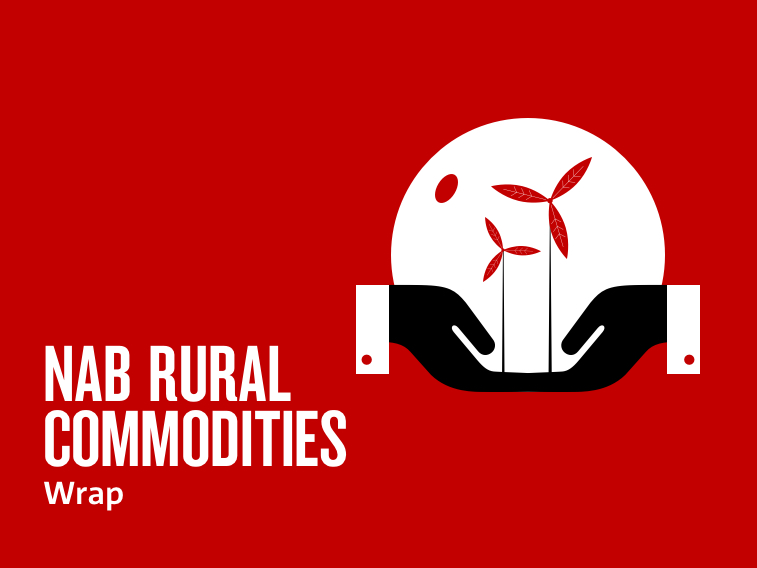NAB’s Non-rural Commodity Price Index fell by 2.8% qoq in Q2 in US dollar terms.


Insight
The last month has brought big changes for Australian agriculture, with global growth concerns hitting many commodity prices, but seasonal conditions still mostly supportive and further signs that input costs are stabilising.

Many commodities have been hit hard by rising fears of an economic downturn as central banks rapidly normalise interest rates in response to high inflation. This has spilled over into agricultural commodities, with wheat dropping to below Ukraine invasion levels. However, grain supply uncertainty remains and prices could move higher in response to geopolitical or seasonal risks. Preliminary data puts our NAB Rural Commodities Index on track for a monthly drop of around 6.9% in July, a record fall. However this decline follows an all time record high last month.
In better news, there are signs that input costs are peaking, although gas remains a key risk. Fuel prices have moved lower in response to cheaper global oil and fertiliser saw another monthly drop. Lower global grain prices have also stopped further domestic feed grain price increases.
Seasonal conditions remain broadly supportive, although rainfall is probably too high across much of coastal NSW and Queensland. Producers in southern NSW, Victoria, South Australia, Western Australia and Tasmania could probably do with more rain.
The RBA has hiked rates 50bp at each of the last two meetings and we expect further rate rises in H2 2022. Meanwhile, global economic headwinds continue to mount. While we still expect a soft landing for the Australian economy, growth is likely to be lower next year –below 2%. The AUD has been trading in the high 60s to low 70s US cents range and we see the currency spending much of the time in the 65-70 cents range in H2.
For further details, see the Rural commodities wrap July 2022
© National Australia Bank Limited. ABN 12 004 044 937 AFSL and Australian Credit Licence 230686.